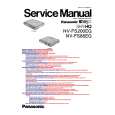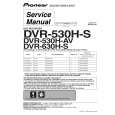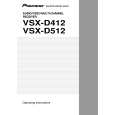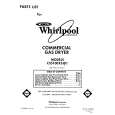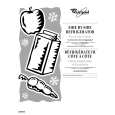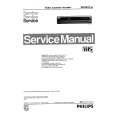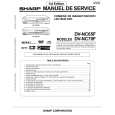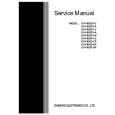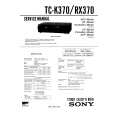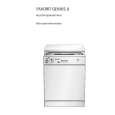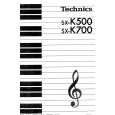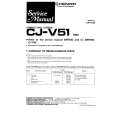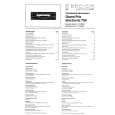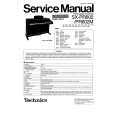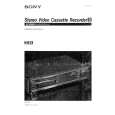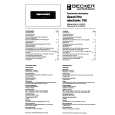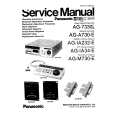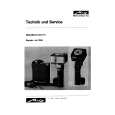|
|
|
Kategorie
|
|
Informacje
|
|
Polecamy
|
|
|
 |
|
|
Dla tego produktu nie napisano jeszcze recenzji!
To winterize washer
WASHER CARE
Cleaning Your Washer
Cleaning the exterior
Use a soft, damp cloth or sponge to wipe up any spills such as detergent or bleach. Occasionally wipe the outside of your washer to keep it looking new.
1. Shut off both water taps. 2. Disconnect and drain water inlet hoses. 3. Put 1 L (quart) of R.V.-type antifreeze in the basket. 4. Run washer on a drain and spin setting (see �Drain and Spin�) for about 30 seconds to mix the antifreeze and water. 5. Unplug washer or disconnect power.
To use washer again
1. Flush water pipes and hoses. 2. Reconnect water inlet hoses. 3. Turn on both water taps. 4. Plug in washer or reconnect power. 5. Run the washer through a complete cycle with 250 mL (1 cup) of detergent to clean out antifreeze.
Cleaning the interior
Clean your washer interior by mixing 250 mL (1 cup) of liquid bleach and 500 mL (2 cups) of detergent. Pour this into your washer and run it through a complete cycle using hot water. Repeat this process if necessary. NOTE: Remove any hard water deposits using only cleaners labeled as washer safe.
Cleaning the liquid fabric softener dispenser
Flush dispenser periodically with warm water, as shown. Remove the dispenser by grasping the top of the dispenser with both hands and squeezing and pushing upward with thumbs. Clean the dispenser by rinsing it under a water tap. Replace it after cleaning. NOTE: Do not wash clothes with this dispenser removed. Do not add detergent or bleach to this dispenser; it is for liquid fabric softener use only.
TROUBLESHOOTING
First try the solutions suggested here and possibly avoid the cost of a service call... Washer won�t fill, rinse or agitate or wrong temperature
s
Check the following: Is the power cord plugged into an earthed plug socket outlet? Is the indicator on the Cycle Control knob properly lined up with a cycle? Turn the Cycle Control knob to the right slightly and pull to start. Are the water inlet valve screens clogged? Are both the hot and cold water taps turned on? Is the water inlet hose kinked?
s
Water Inlet Hoses
Replace inlet hoses after five years of use to reduce the risk of hose failure. Periodically inspect and replace inlet hoses if bulges, kinks, cuts, wear, or leaks are found. The appliance is to be connected to the water mains using the new hose-sets supplied and that old hose-sets should not be re-used. When replacing your inlet hoses, mark the date of replacement on the label with a permanent marker.
Does the water level seem too low, or does the washer appear to not fill completely? The top of the agitator is much higher than the highest water level. This creates a perception that the washer is not filling completely. This is normal.
Washer stops
s
Check the following: Is the power cord plugged into an earthed plug socket outlet? Is the indicator on the Cycle Control knob properly lined up with a cycle? Turn the Cycle Control knob to the right slightly and pull to start. Are the water inlet valve screens clogged? Are both the hot and cold water taps turned on? Is the water inlet hose kinked?
Vacation, Storage, and Moving Care
Install and store your washer where it will not freeze. Because some water may stay in the hoses, freezing can damage your washer. If storing or moving your washer during freezing weather, winterize it.
s
Is there power at the plug? Check your electrical source or call an electrician. Has a fuse blown or is the circuit breaker open? If problem continues, call an electrician.
Non-use or vacation care
Operate your washer only when you are at home. If you will be on vacation or not using your washer for an extended period of time, you should: s Unplug washer or disconnect power.
s
s
Turn off the water supply to the washer. This helps avoid accidental flooding (due to a water pressure surge) while you are away.
9
|
|
 |
> |
|
